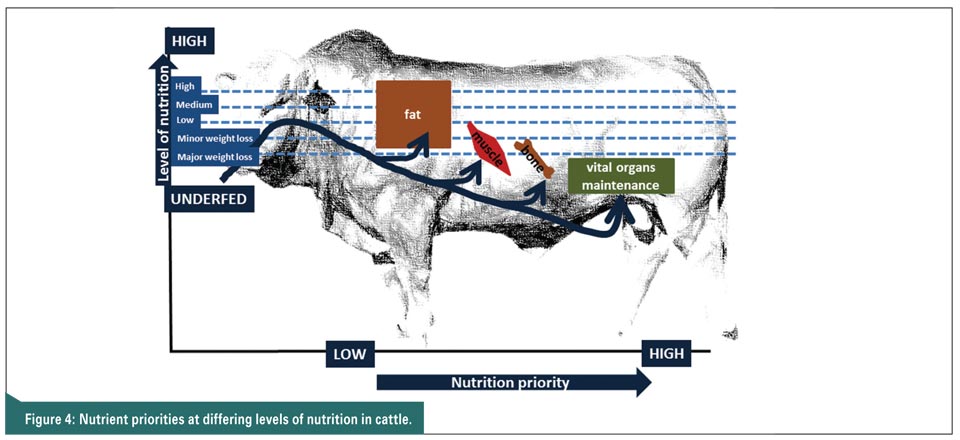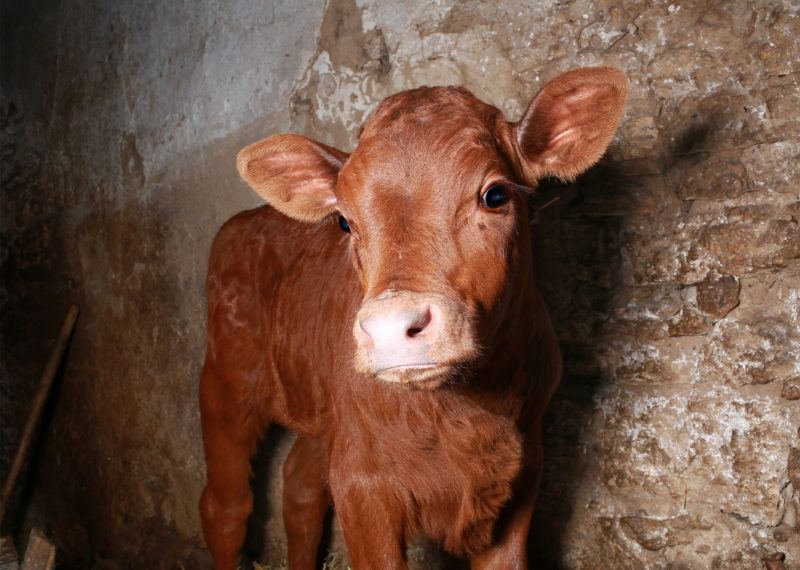

It is a good production practice to record all the ear tag numbers, add additional management ear tags if desired and weigh calves before placing them in pens. Have agreements in place with suppliers or order buyers for the immediate return or refusal of sick calves.Īll calves are required to be ear tagged at the place of birth with tags approved by the Canadian Cattle Identification Agency. signs of scours ( e.g., wet tails, loose manure).Carefully inspect calves individually for: Upon arrival, calves should be alert and aggressive. Take every effort to reduce stress for these calves. Ensure no other livestock will be transported with young calves. Discuss the type of truck, the distance travelled and the person or persons handling the calves. Be sure that the buyer fully understands all instructions regarding acceptable weight, quality, type, sex and cost of calves. The price negotiated for calves is based on weight, sex, breed, physical condition and apparent health status. Buying from sale barns has several disadvantages, but this method of acquisition is, in many instances, the only way to obtain a large group of calves in a few days.īuying calves through sale barns is high risk, as their age, past management and health status are generally unknown, and there is a risk of exposing the calf to stress through co‑mingling, trucking and handling.Ĭhoosing a reputable calf dealer is vital to success. Many calves will originate from sale barns. Growers purchasing calves directly from dairy farms can make special arrangements to ensure that calves receive adequate colostrum and injections of vitamins and selenium at birth. It may, however, be an ideal situation for growers who have time to supervise individual feeding programs for several calves, or for calves being started in a hutch housing system. The purchase of calves from local dairy farms, although a sound practice, does not lend itself to filling a room or barn quickly. Some producers prefer to purchase weaned or "started" or "preconditioned" calves.

The majority of calves (mostly Holstein males) destined to become grain-fed veal are purchased direct from dairy farms, at community auction barns or from commissioned buyers or calf dealers.Ĭalves should be at least 8 days of age when they are purchased. Average daily gains should be 1.2 kg or better, while feed conversion should be 3.3-3.6 kg per kg of live weight gain. Calves sold through auction markets should weigh 295-320 kg (650-705 lb) and show a smooth, slick hair coat with fat visible around the tail head and well-covered ribs. The goal of grain-fed veal producers is to achieve the desired finish at the desired weight and age.


 0 kommentar(er)
0 kommentar(er)
